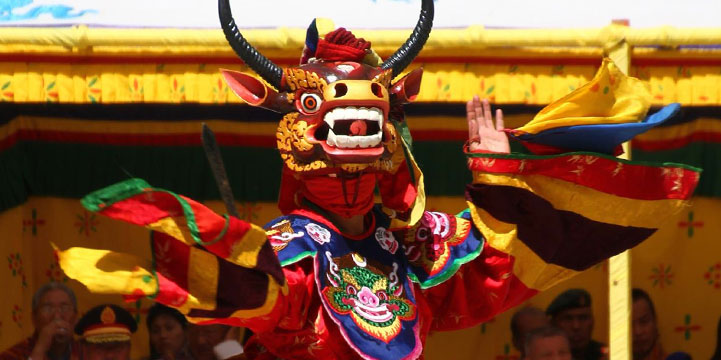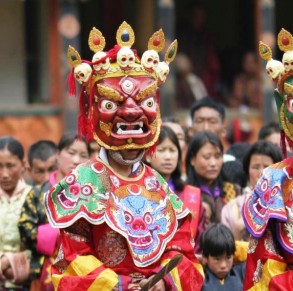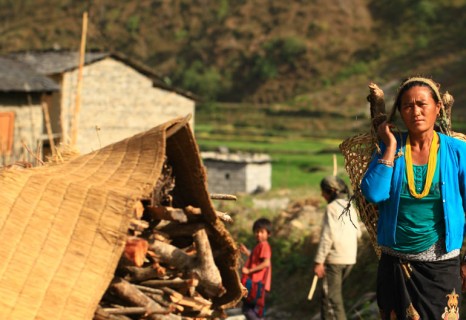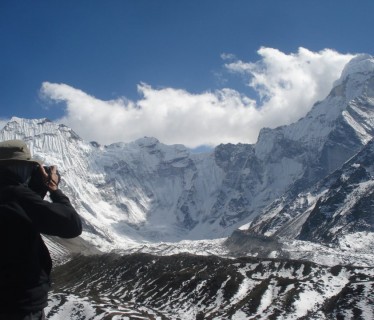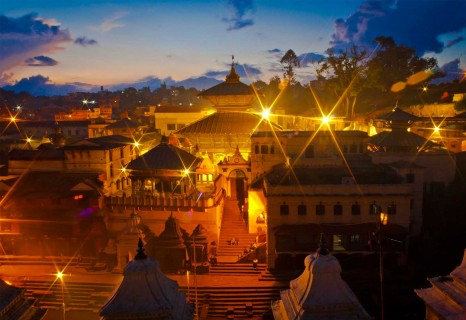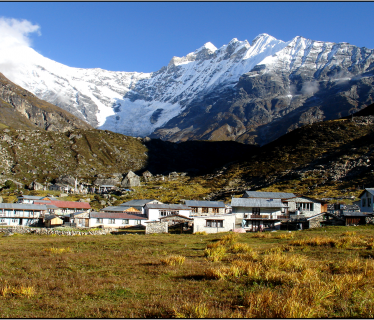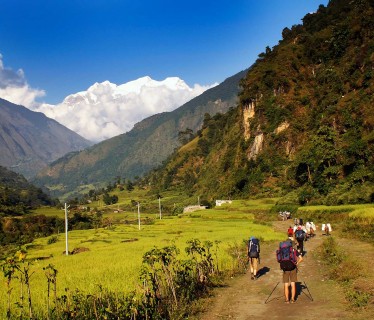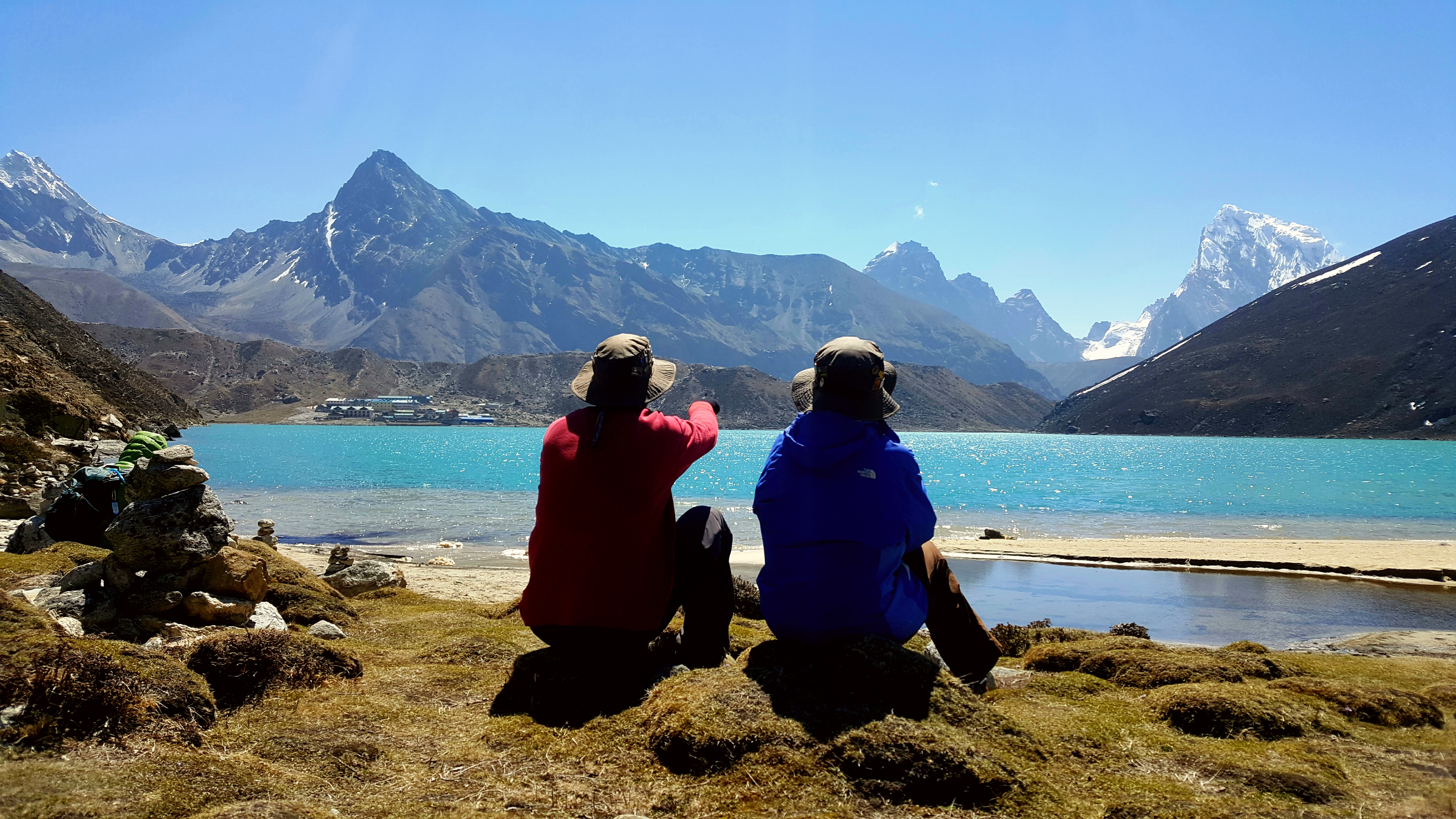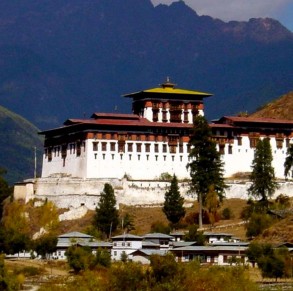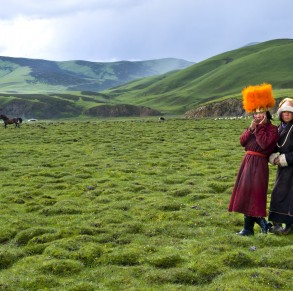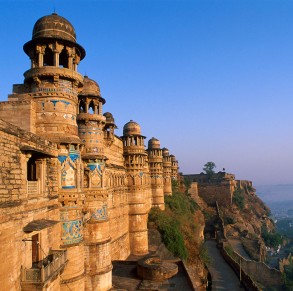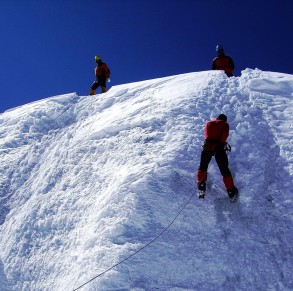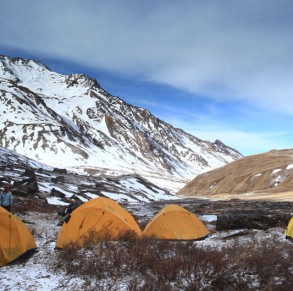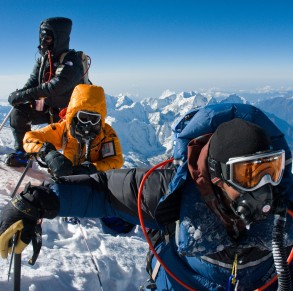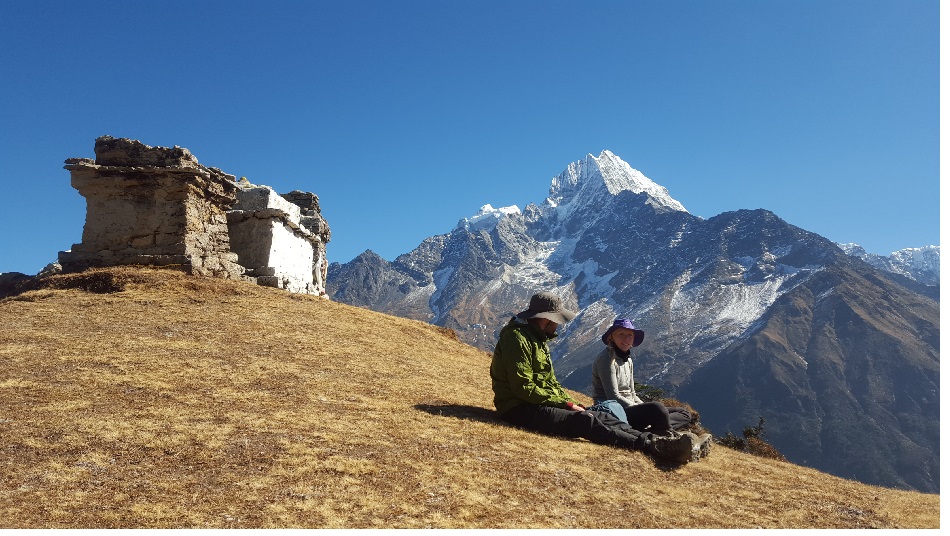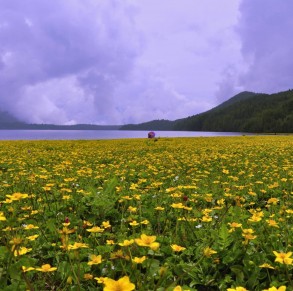Day 1: Arrive Paro
Fly into Paro by Drukair flight ( Royal Bhutan Airline). After immigration and customs formalities, you will be received by the representative of Access Bhutan Tours & Treks and driven to your hotel. After checking into your hotel and after refreshments you will visit the following:
Farm houses in Paro Valley and a visit to a farm house offers a good glimpse into the lifestyle of a farmer.
Druk Home Museum (private Museum) which exhibits historical and religious artifacts.
Kyichu temple,one of the 108 temples built in the 7th century by the Tibetan King Songsten Gampo. The story goes that a giant demon lay across the whole area of Tibet and the Himalayas and was preventing the spread of Buddhism. To overcome her, King Songtsen Gampo decided to build 108 temples, which would be placed on all the points of her body. Of these 108 temples, 12 were built in accordance with precise plans. Thus, it happened that in about the year AD 638 the temple of Jokhang in Lhasa was built over the very heart of the demon.
Paro downtown where you can visit local stores and also have free interaction with local people.
Dinner and overnight at a hotel in Paro
Day 2: Paro Tshechu
Today you experience the color, excitement and spectacle of the Paro Tshechu Festival. It is the most divine and deeply symbolic of all the Buddhist festivals celebrated in Bhutan. Dressed in traditional finery, devotees flock to the Paro Dzong to proclaim their faith and receive blessings. Monks and lay people, dressed in elaborate silk brocade costumes perform festive dances of good triumphing over evil to the haunting sounds of trumpets, cymbals and flutes. The dances and costumes have survived unchanged for thousands of years, each dance is an exact re-enactment of visions seen by Bhutan’s great Buddhist saints and any changes would be seen as sacrilege. Many dances will be performed today including: Lords of the Cremation Grounds. Terrifying Deities, Heroes, Novel Man and Ladies Lencham , Stag and Hounds. The dances are interspersed with folk songs and clowning aided by copious amounts of butter tea and a locally produced potent alcoholic barley spirit.
You will spend the whole day at Paro festival with lunch in between. You will also take time off to visit the interior of Rinpung Dzong, built in 1645 to defend the valley against Tibetan invaders. The Dzong is now being used as an administration center and school for monks.Then walk down to Rimpung Bridge (Traditonal Bridge), oldest bridge in Bhutan.
Dinner and overnight in Paro.
Day 3: A day hike to Taktsang Goempa (Tiger’s Nest Monastery) in Paro
After breakfast,you will hike up to Taktsang Monastery, also known as ‘Tiger’s Nest’. The climb up to the viewpoint will take around 1 ½ hours and from there you will enjoy a spectacular view of the monastery clinging to the side of the cliff. Stop for refreshment at the View Point Cafeteria. Then walk further up to the monastery which will take about 1 hour. It is said that in the 8th century Guru Rinpoche flew on the back of a tigress from eastern Bhutan to this place and meditated in a cave here for 3 months. The principal Lhakhang (monastery) of the present monastic complex dates from 1692. Taktsang was damaged severely by fire in 1998 but has now been fully restored to its former beauty.
After visiting the monastery, walk back down to the road on the way stop for lunch at the view point cafeteria and then walk further down to the road point. Then drive back to hotel and relax.
Dinner and overnight in Paro.
Day 4: Paro Tshechu and Paro-Thimphu ( 54 km, 1 hr)
Early morning before dawn, you make your way to the early morning blessing from Guru Thongdroel (Thangka of Guru Rhinpoche). Today is the most auspicious day of the festivities and dances of the Heroes, Ging and Tsholing, the Eight Manifestatons, the Sixteen Fairies and the Religious Song are all performed in a magnificent cacophony of sound and color.
After witnessing the unveiled Thongdroel and receiving the blessing, you will return to your hotel for breakfast and then visit the National Museum, housed in the Ta Dzong (watchtower). Here is an intriguing collection of artefacts which provide you with a wonderful insight to the rich culture and heritage of the Kingdom of Bhutan.
From the Ta Dzong you will go to the festival ground to get a glimpse of the last day of Paro festival. In the evening you will travel to Thimphu, the next destination on your tour in Bhutan.
Dinner and overnight in Thimphu
Day 5: Thimphu Tour
After breakfast, visit the following:
Bhutan Post Office Headquarters to get personalized Bhutanese postage stamps with your photo on them. You can bring along your favorite photo to put on the stamps and put these stamps on your postcard to send to your family and friends.
National Museum which is a good place to see the art of traditional weaving being kept alive and preserved through exhibition and has a good collection of old textiles which are rich in colors and designs. You will also see people weaving with intricate designs.
Simply Bhutan or The Folk Heritage Museum, an outdoor museum that gives an insight into rural life in Bhutan.
The School of Traditional Painting of Arts and Crafts where students undertake a six-year course on the 13 traditional arts and crafts of Bhutan.
Centenary Farmers’ market (if tour coincides with Thu-Sun) where farmers would be selling their wide range of farm produces (vegetables from farms and wild ferns or bamboo shoots collected from forest, flour, rice, roasted rice, rice flakes, spices, yams both cultivated and wild ones collected from forests, fruits, etc) and livestock products (mainly cheese and butter). Free interaction with people from town as well as from villages come to this weekend market. Weekend market is from Thursday-Sunday( 4 days).
The Memrial Chorten which was constructed in 1974 as a memorial for the third King of the country, King Jigme Dorji Wangchuck, who is widely regarded as the father of modern Bhutan.
Tashichhoe Dzong, a fortress of the glorious religion. It was built in 1641 by Zhabdrung Ngawang Namgyel and was reconstructed into present structure by the late King, His majesty Jigme Dorji Wangchuck in the year 1962-1969. It houses the secretariat building, the throne room and the office of the king, and the central monk body.
Takin Preserve, which houses the national animal the Takin that is only found in Bhutan. This is an extremely rare member of the goat family. Found in herds in the very high altitudes (13,125ft and over). They live on a diet of grass and bamboo. It can weigh as much as 550 pounds.
Changankha Lhakhang (temple): This temple situated atop a small hound overlooking the Thimphu valley was built in the 13th century by the illustrious Lam Phajo Dugom Zhigpo. The temple is considered the spiritual home of children born in the Chang valley.
Kuenselphodrang where largest Buddha statue in the country is perched on the hillock overlooking the Thimphu valley and also if interested/if time permits, take a leisure walk throughKuenselphodrang Nature park and enjoy the nice view of the entire Thimphu valley below Craft Bazaar where craftsmen and artisans from across the country display and sell their handicrafts.
Government-run Handicrafts Emporium and local crafts shops, to browse through examples of Bhutan’s fine traditional arts. Here you can buy hand-woven textiles, thangkha paintings, masks, ceramics, slate and wood carvings, jewelry, and other interesting items made from local materials. In the evening stroll around Thimphu town and you may visit local handicraft stores. Dinner and overnight at a hotel in Thimphu.
Day 6: Thimphu Short Nature Hike to Tango Monastery
After breakfast, travel to the base camp of Tango Monastery which lies north of Thimphu city. From the base camp which is the end of motor road you hike up to the Monastery is through the forest filled with oak and fine trees as well as Rhododendron flower trees which will be in full bloom during spring season.
The Tango Monastery site has had religious significance since the 12th century when it was the home of the highly revered Buddhist monks who brought the Drukpa Kagyupa school of Buddhism to Bhutan.
The Tango Monastery was built in 1689 by Gyalse Tenzin Rabgyal. The three-storied monastery was built with the help of the locals and was completed within two months.
At present Tango Monastery is the center for higher studies for monks. The view from Tango Monastery is breathtakingly beautiful. You will experience complete peace and serenity in this area. After visiting the monastery, walk back to the road and then drive back to Thimphu .
Dinner and overnight at a hotel in Thimphu.
Day 7: Thimphu-Punakha/Wangdue (71 km, 2 1/2 hr)
Distance: 71 km
Estimated travel time: 2 1/2 hrs
After breakfast, drive to Punakha via the Dochula pass. An hour’s drive from Thimphu will take you to this pass (3140 m) where one can have a superb view of the Eastern Himalayas on a clear day with a powerful binocular telescope. Visit the beautiful 108 chortens built on the hill by Her Majesty Ashi Dorji Wangmo for the security and well being of His Majesty the King of Bhutan. Also visit Druk Wangyel Temple which was built to honor His Majesty, the fourth king Jigme Singye Wangchuck. The past and future appear to merge in the details of the temple that tells the story of a supreme warrior figure whose vision pierces the distance future.
Drive onto Punakha, the old capital of Bhutan and presently the winter residence of the central monk body. Visit thePunakha Dzong, located on the island of the Pho-Chu (male) river and the Mochu (female) river. Visit the Dho Jha Gha Lam Temple.
In the evening, walk through the Metshina Village and take a 20-minute walk through the rice fields to the Devine Madman’s Monastery-Chhimi Lhakhang, famously known for its fertility shrine, where couples unable to concieve come here for blessing.
Overnight at hotel in Wangdue/Punakha.
Day 8: Punakha-Paro
Distance: 125 km
Estimated travel time: 3 1/2 hrs
After breakfast, drive through upper Punakha valley passing through farmhouses and take a leisure walk through farmhouses and then through nature to the beautiful Khamsum Yuelley Namgyal Chorten temple built by the Queen Mother of Bhutan for peace and stability in this ever-changing world. This temple is situated on the hilltop overlooking the valley below. The leisurely walk up to the temple would take about 1 hour. Visit the temple and also enjoy the breathtaking view from there.
After lunch,drive back to Paro. After a refreshment drive up the valley to visit the historic Drukgyel Dzong which was built in the 16th century to mark the Bhutanese victory over the Tibetan invaders.
Dinner and overnight at hotel in Paro.
Day 9: Paro Departure
After breakfast, you will drive to the Paro Airport for your flight to your onward destinations.


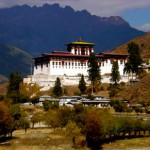
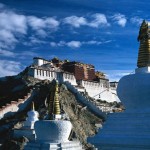
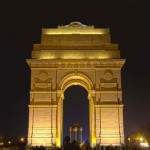

 English
English